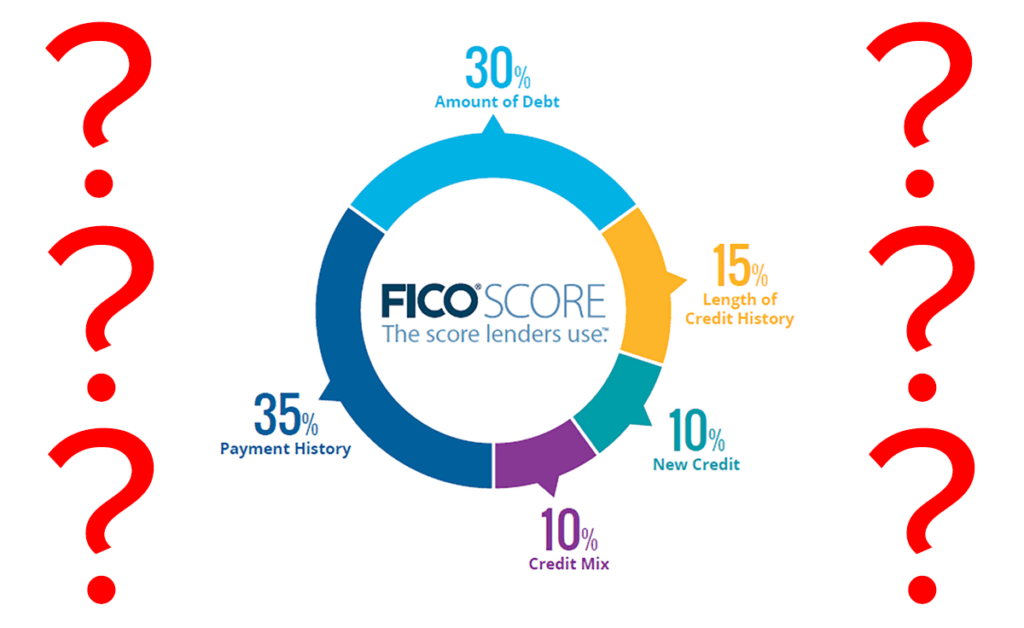Just as you were finally getting a hang of the old scoring model, FICO brings a new one to the table. In fact, for the first time ever, the company responsible for creating the very first FICO scoring model introduced two new models: FICO 10 and FICO 10 T. If you’re wondering what the “T” stands for, the answer is “trended data.”
This incorporation of new data and algorithms allegedly puts FICO 10 credit scores at several levels above the ones before. In spite of this, many financial experts claim that consumers will not see wide variations in their current scores. It is also worth noting that not all institutions use updated FICO models to determine credit scores for lending purposes.
What Trended Data Actually Is
Despite new privacy laws that curtail how organizations collect, store and use data, data is still the greatest currency of the modern world. FICO 10 T makes use of this data by tracking your credit habits in not just the present time, but also the past 24 months or so. It then considers changes that occurred in your credit profile during that time.
If this sounds a little terrifying to you, keep in mind that other companies beat FICO to this in the past. Vantage Score 4.0, for instance, has used this type of information to calculate credit scores since as early as 2017. What you should note, however, is that both will now use past data more heavily as an indication of your future financial risks.
What Specific Changes To Look Out For
If you have access to financial advisors, now is a good time to use their services. Note that your employer, your personal bank and even certain apps you use might provide human or bot advisors that provide some advice on how to adjust your consumer habits for the new scoring model. Turn to these sources for more information on the factors below:
1. Missed Payments
Missing payments were always red flags for any scoring model. However, FICO 10 might place more weight on this than previous models, leading to greater score penalizations. That means people with a perfect credit history might see greater changes in their credit scores if they miss payments now versus six months ago.
2. Personal Loans
The greatest concern for any lender is high credit card debt, but FICO 10 decided to raise red flags for personal loans as well. Personal loans represent one of the largest growing segments of debt. People use them for everything from consolidating credit cards to buying tiny houses to financing vacations.
3. Credit Card Debt
While personal loans finally made it onto FICO’s risk radar, you should still focus on paying off your credit card debt in full every month, if possible. This helps to keep your credit utilization low. Note that credit utilization might play a significant role and consistently paying bills early ensures you don’t face those higher penalizations for missed payments.
Why FICO Offered a New Credit Scoring Model
Millennials are the largest consumer group in the market and their spending habits differ widely from that of previous generations. The aftermath of the Great Recession impacted the spending habits of this generation and also changed the habits of generations before them. Subsequently, Americans now have higher-than-normal debt loads while also possessing average credit scores in the 700’s region.
FICO needed to create a scoring model that takes these market and consumer spending changes into account to better predict risk for lenders. With this goal in mind, financial experts believe that FICO 10 and FICO 10 T will be less forgiving to consumers than the last model and might bear a closer resemblance to FICO 8.
When the New FICO Score Model Takes Effect
FICO reports a general release date of “this summer” for the new credit score model. With a new model coming out so soon, many people struggling to grow and protect their credit scores might feel anxious. You might feel especially apprehensive if you have personal loans or feel you might miss a few payments in the near future.
Fortunately, financial institutions take some time to adopt new scoring models, no matter how developers claim they are superior to others. There are several reasons for this. Adopting new scoring models present risks in and of themselves. What if they do not work as well in practice as developers believed they would work in theory? In fact, none of the three major credit reporting bureaus adopted FICO 9.
To add to this, lenders might not feel prepared to undertake the task of updating their systems to use FICO 10 T. The addition of trended data means using more complex algorithms and even completely re-training employees on how the system works.
How We Can Help
If you have a high credit utilization and need to increase your available credit to reduce the impact, consider tradelines. Contact us today for more information.


